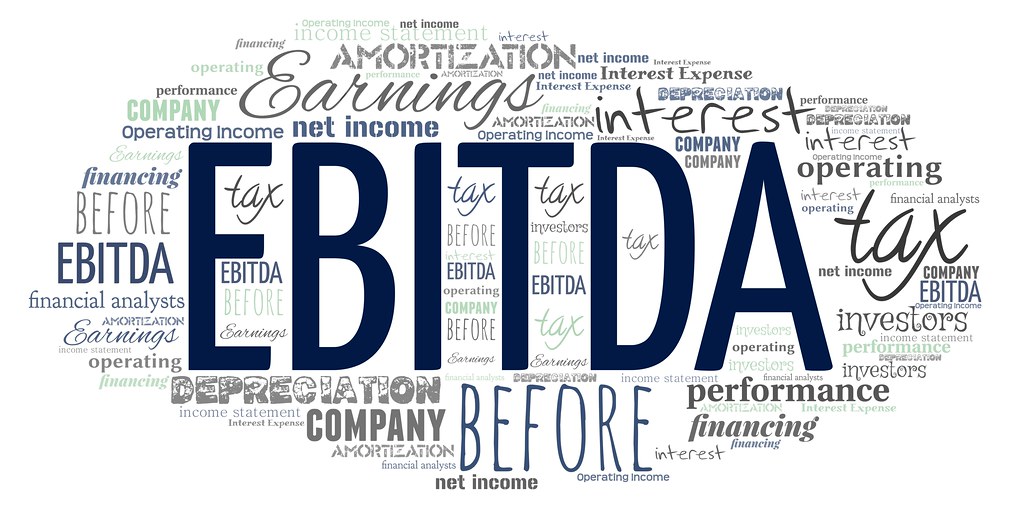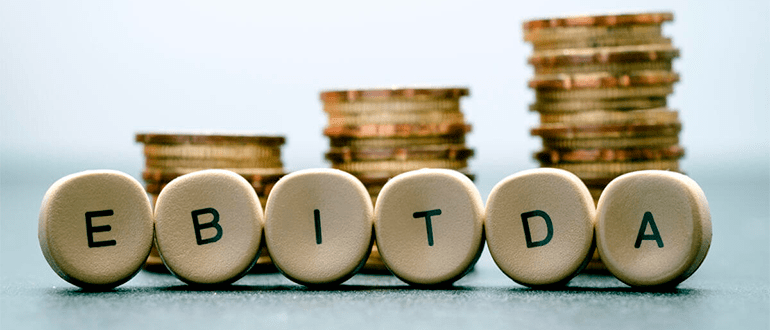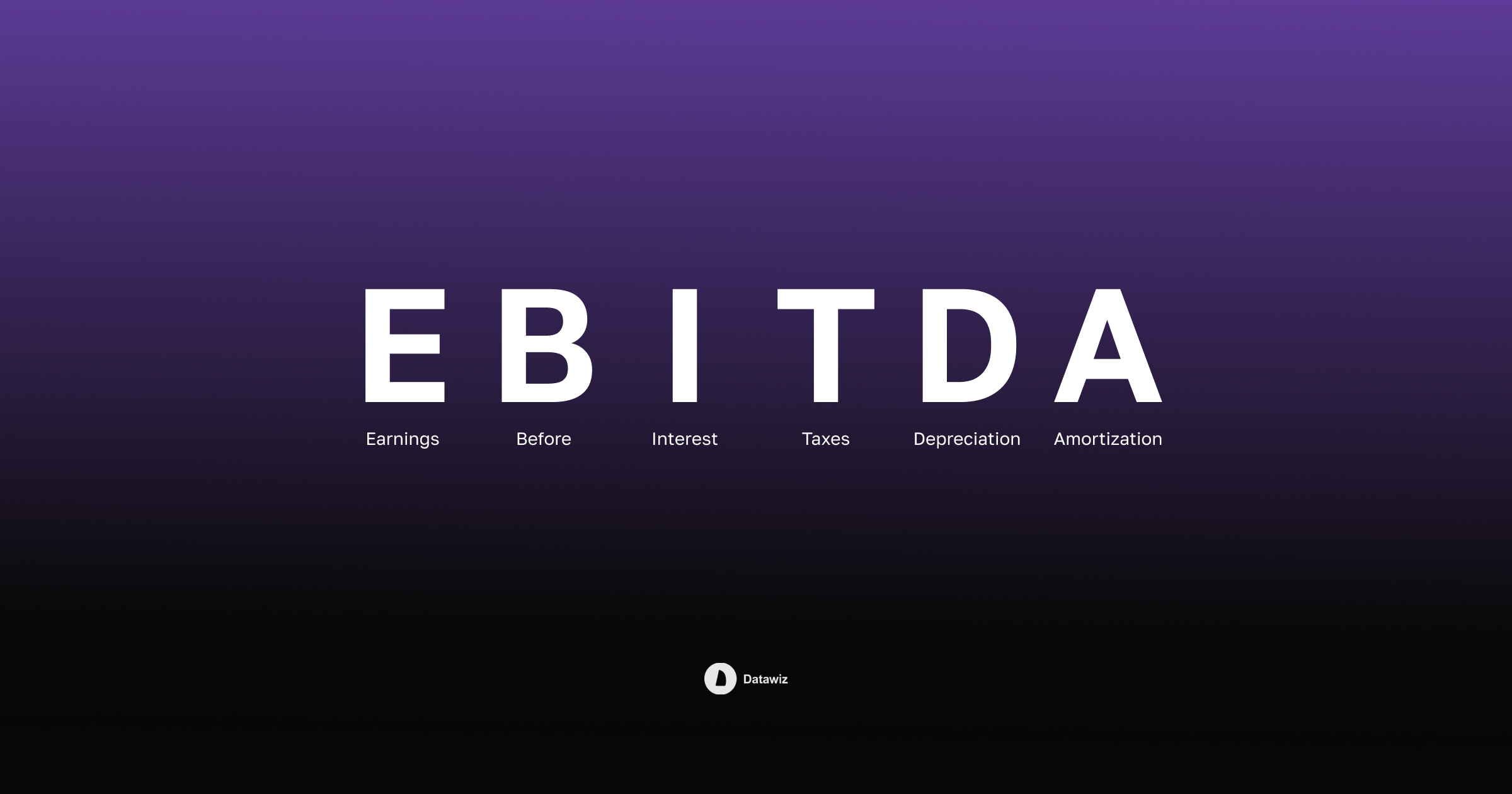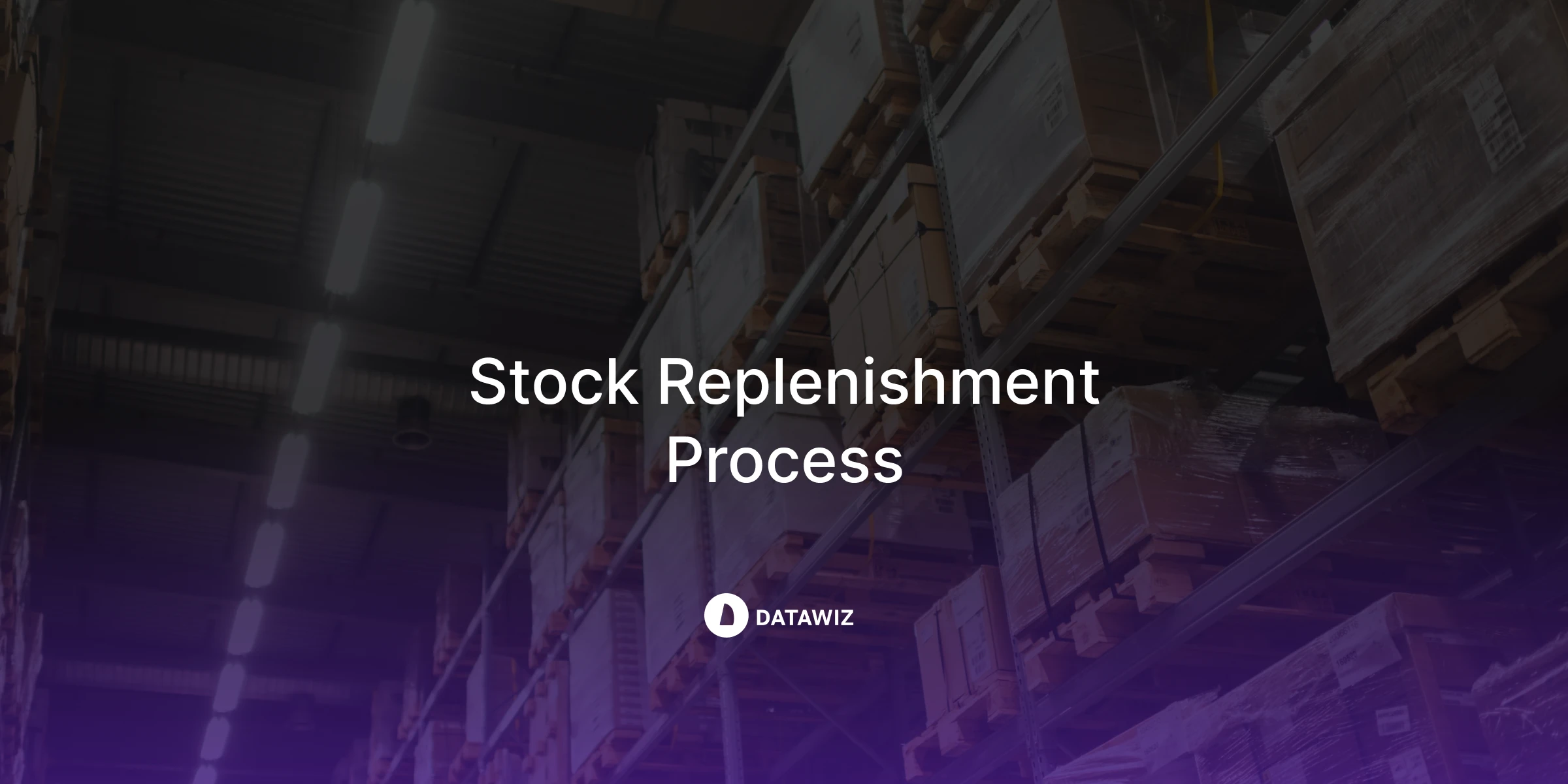EBITDA: calculation method and value in retail
EBITDA is one of the most popular indicators of a company's success. It is ambiguous and controversial, but it is widely used among analysts. Let's try to figure out how it is calculated, what it informs chain owners, and how it can be used for managers.

What is EBITDA?
EBITDA is a kind of profit, and its components are revealed by the name - abbreviation:
- E - Earnings - profit
- B - Before ...
- I- Interest
- T - Taxes
- D - Depreciation
- A - Amortization
To better understand the methodology for calculating the indicator, it is necessary to consider all its components.
Interestis the difference between interest expenses and interest income related to the payment of interest on issued/received loans or deposit accounts. For example, if the chain uses a bank loan, then the interest paid is an interest expense. And the received interest on a bank deposit is interest income. The difference between these amounts will form the Interest in the EBITDA formula.
Note!Often there is only interest expense in the chain.
Taxes include only one tax - income tax.
Depreciation and Amortization- part of the cost of assets (equipment, equipment, licenses, patents), which is written off and included in chain expenses.
For example, a chain bought $ 20K worth of shop equipment with a 10-year shelf life. The company will write off $ 2Kof the cost of equipment annually as depreciation.
How to calculate EBITDA?
It should be noted that there are different approaches to calculating EBITDA, but the most common are:
EBITDA = Net income + Interest (interest expense - interest income) + Tax + Depreciation + Amortization
EBITDA = Sales revenue - Cost of sales - Operating expenses

What should be the proper value of EBITDA? For each company, the desired value of this indicator is different and depends on many factors. In general, the higher the EBITDA, the more reliable the company is and more able to service its debts on its own.
You can also follow the dynamics of the indicator: if it grows - it is good, if it decreases - it is bad.
A negative value indicates a significant unprofitability of the company and a high probability of its bankruptcy.
Example 1. The chain net income is $ 120K, income tax paid is $ 2.6K, interest on the loan is $ 3K, and depreciation is $ 4.4K.
EBITDA = 120 + 2.6 + 3 + 4.4 = $ 130K
Example 2. During the year, the company received the following results of work:
- Sales value - $ 3,500K
- Cost of sales - $ 2,100K
- Marketing expenses (sales expenses) – $ 50K
- including Depreciation and Amortization – $ 10K
- Management expenses – $ 120K
EBITDA = 3500 - 2100 - (50 - 10) - 120 = $ 1240K

Benefits of EBITDA
For the first time, EBITDA was used in the 1980s by investors to assess the company's creditworthiness, that is, to determine whether the company has enough funds to pay all interest on its loans.
Now, with the help of this indicator, it is determined whether the company can pay capital costs (acquisition and maintenance of equipment, transport, buildings, licenses, etc.).
Key EBITDA Benefits:
- Can be used for different tax systems and when applying different income tax rates.
- Allows you to compare companies operating in various sectors of the economy.
- Widely used in financial analysis.
- Allows you to estimate the amount of debt that the company can cover.
- Quickly evaluates chain performance.
Disadvantages of EBITDA
Like most other indicators, EBITDA has both advantages and disadvantages.
The main disadvantages of the indicator:
- Does not take into account the inventory turnover ratio.
- It does not take into account the large burden of debts and the increased percentage of depreciation of non-current assets.
- Depends on the chosen calculation method.
- Does not contain information about sources of income.
However, despite these cons, the assessment and study of EBITDA will provide additional information about the state of affairs in the company and, if necessary, change the chosen strategy.
To ensure that analytical calculations do not cause difficulties and give the maximum result, the Datawiz team, together with experts in retail, has prepared convenient and useful reports. With BES platform solutions, you can easily assess the situation in the chain and get insights to improve it.
 What's new?
What's new?





 No credit card required
No credit card required